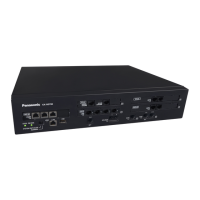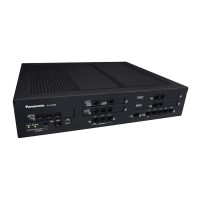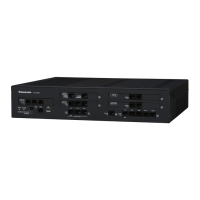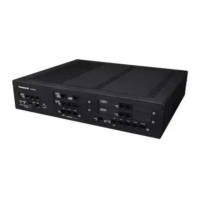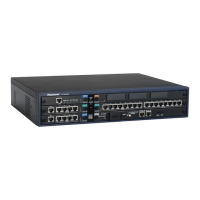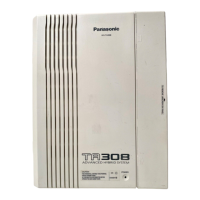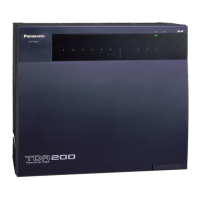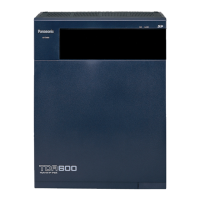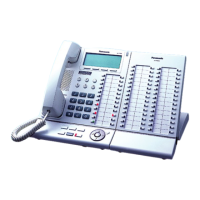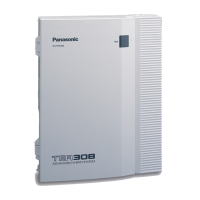3.1 Unified Messaging System Administration
3.1.1 Unified Messaging System Overview
Description
The KX-NS1000 PBX has a built-in messaging system that provides voice mail and fax services to its
subscribers. The Unified Messaging system can also provide voice guidance to outside callers, either directing
them to their desired destination or to the mailbox of a subscriber, where they can leave a voice message.
Users
The following three types of users exist in the Unified Messaging system:
• Subscriber (maximum: 1022)
A subscriber is an extension user who has a mailbox assigned to his extension. Subscribers can play back
messages saved in their mailboxes, leave messages for other subscribers, record a message that is then
sent to multiple parties (including outside parties), record greeting messages, and more.
• Message Manager (maximum: 1)
The message manager is in charge of the general delivery mailbox, as well as performing some setup,
such as recording prompts and changing notification settings. Through system programming, subscribers
can also be assigned Message Manager privileges.
• System Manager (maximum: 1)
The system manager is in charge of the Unified Messaging system as a whole, and can access many
settings. The system manager’s duties include setting up mailboxes, assigning COS settings, and changing
the service mode.
UM Ports and the UM Group
The PBX initially provides two ports (called UM ports) for use by the Unified Messaging system. A port acts as
a pathway into the Unified Messaging system, so when a call is directed to the Unified Messaging system, it
requires one available UM port. The number of ports for one PBX can be expanded to a maximum of 24.
The UM ports of a PBX belong to the PBX’s UM group. This group has a floating extension number, which can
be the destination for incoming calls, redirected calls, transferred calls, etc. When incoming calls are received
at the floating extension number of the UM group, calls will hunt starting at the lowest UM port number. Once
an available port is found, the service assigned to the port, trunk, etc., determines how the call is handled
(® 3.2.1.40 Service Group). Services include features such as Voice Mail service (® 3.2.1.46 Voice Mail
Service), which allows a caller to leave a voice message at a subscriber’s mailbox, and Automated Attendant
(® 3.2.1.3 Automated Attendant (AA)), which directs the caller to a subscriber’s extension.
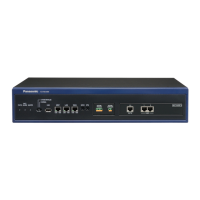
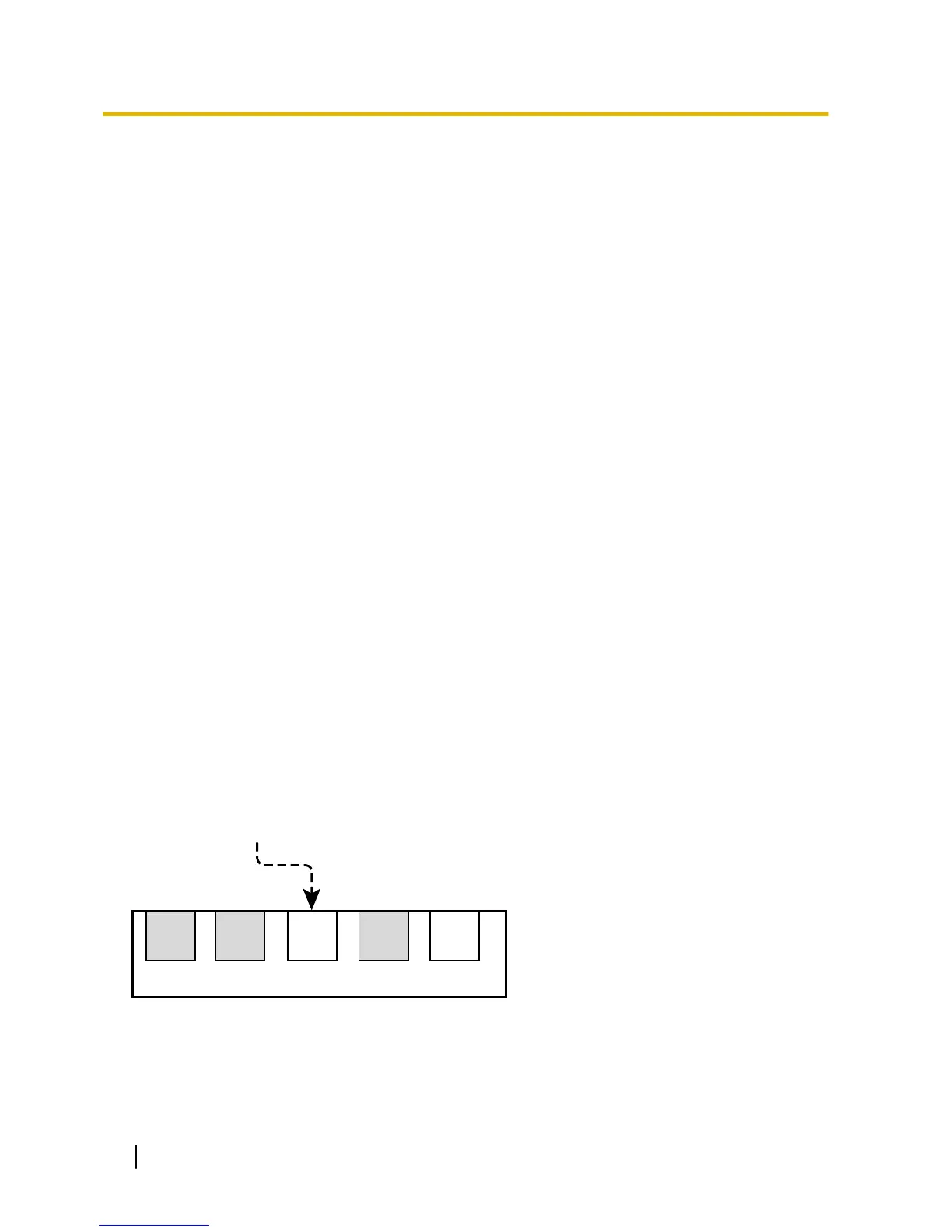